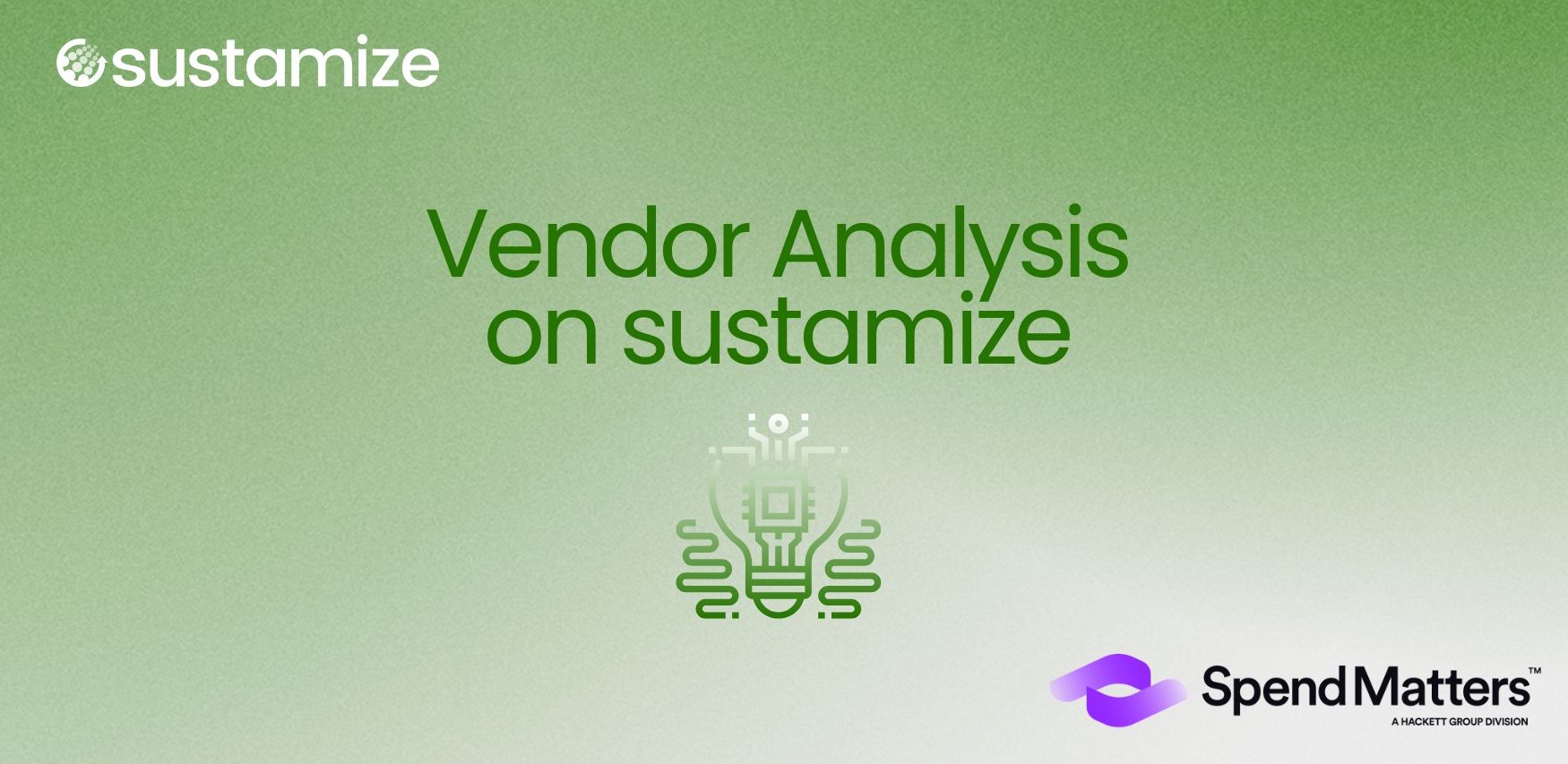6 Ways AI Can Help Reduce Carbon Emissions
Learn how to harness the power of AI for carbon footprint measurement.

Artificial Intelligence (AI) can soon play an essential role in helping companies calculate their product carbon footprints (PCFs). By leveraging AI, companies now have the power to measure and analyze their greenhouse gas (GHG) emissions, identify areas of improvement, and reduce their carbon footprints in a matter of minutes.
Here are 6 ways procurement officers, sustainability managers, cost engineers and product designers can harness the power of AI for measuring and reducing their carbon footprint:
1. Machine Learning
Machine learning algorithms can be used to analyze companies' own energy usage, transportation, and manufacturing processes to accurately model and measure their Scope 1 and 2 emissions. By leveraging data analytics and predictive algorithms (such as predictive maintenance for example), companies can identify areas of improvement.
2. AI-powered energy management systems
These systems can support companies in optimizing their energy usage. For instance, sensors to monitor energy consumption in facilities can be implemented and adjust energy usage to minimize energy loss. According to a study by the European Union, the use of AI and machine learning in energy management systems could result in energy savings of up to 15% in commercial buildings. This reduction in energy consumption could lead to a significant reduction in carbon emissions. For more information, technology company Nokia recently published a whitepaper on controlling energy use through AI-based solutions.
3. AI-powered circular economy initiatives
They can help reduce waste via sensors and automated waste analysis sorting in production plants and increase resource efficiency. For instance, by analyzing data on product usage and customer behavior, companies can identify opportunities to reduce waste, extend the lifespan of their products and the ensuing emissions thereof. Have a look at this case study by the Ellen McArthur Foundation on the ‘Accelerated Metallurgy’ project.
4. AI-powered supply chain management systems
The implementation of these systems can help optimize transportation routes and suggest alternative materials with lower PCFs hence, potentially reduce overall Scope 3 emissions. By analyzing data on transportation routes, companies can identify the most efficient and environmentally friendly routes and modes for transporting goods. By analyzing data on materials, AI can suggest improvements in regards to collaboration between members of the supply chain by, for example, facilitating communication and setting up feedback loops.
5. Blockchain technology
It can trace carbon emissions throughout supply chains. By implementing a blockchain-based carbon tracking system, companies can accurately measure their carbon footprints and ensure that their suppliers are meeting their sustainability goals.
6. Predictive analytics
Companies can use predictive analytics to forecast their future carbon emissions and identify potential areas of improvement. In a way, this is similar to modelling several carbon footprint scenarios, comparing them and choosing the one that fits best. For instance, by analyzing historical data and identifying patterns, companies can predict how their carbon emissions may change over time and adjust their manufacturing processes and transportation accordingly.
Our list highlighted the various ways in which AI can be leveraged to measure and reduce a company's carbon footprint. However, AI-powered tools and systems are not flawless, and will always need to be operated, checked and supervized by people to ensure the best possible outcomes and making sure compliance with regulations on AI and ethics are followed. That is why it is crucial for businesses willing to use AI to make sure to choose responsible AI.
At sustamize, we already cooperate with AI-driven software tools, such as cost-optimization software solutions. By having access to real-time and accurate data, AI-powered systems can support better decision-making, identify areas for improvement, and transportation routes. This, in turn, can lead to significant cost savings, increased efficiency, and reduced carbon emissions.
In the future, AI and Machine Learning wil not only be provided by sustamize's software partners, but will also play a significant role within sustamize's Product Footprint Engine like providing its users with alternative materials, different scenario calculations via predictive CO2e data or finding and with supply chain optimizations that consider recycling. If you wish to stay up-to-date on the current and future advancements sustamize is making in this exciting field, subscribe to our newsletter.
Related articles:
- The True Cost of Carbon Emissions
- 5 Reasons Why Companies Should Start Measuring Their Scope 3 Emissions
- 5 reasons why producing companies should measure their PCF
- The Importance of Accurate CO2 Information
- The Difference Between Primary, Secondary and Dynamic CO2 Data
- How can information from suppliers be checked for quality?



.jpg)
